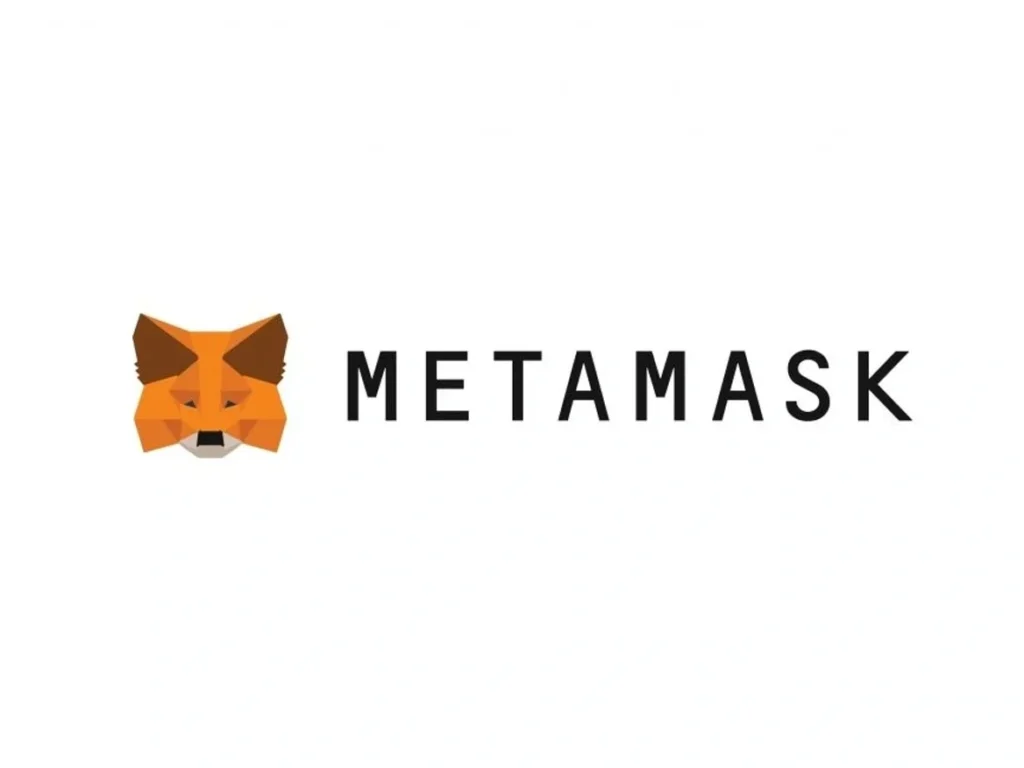Breaking Down Web3 Card Security: How Safe Is It Really?
Web3 Card Security: A Functional Overview
Web3 card security refers to the systems and protocols that protect crypto-linked payment cards operating on decentralized infrastructure. These cards typically connect to a blockchain wallet and allow users to spend crypto assets in real-time through either a debit-style preloaded card or a revolving credit system based on DeFi protocols.
Unlike traditional credit cards, Web3 cards introduce different risk vectors due to their dependence on wallet security, smart contracts, and potentially centralized issuers operating within a decentralized ecosystem.
Core Infrastructure: How Web3 Cards Operate

Web3 credit cards can be broken into three key components:
- Wallet Integration:
Most Web3 cards are tied to non-custodial wallets like MetaMask or Ledger. Users retain control of private keys, which means they’re responsible for managing their wallet’s security—no recovery mechanisms if lost. - Settlement Mechanism:
Transactions are settled via crypto rails or converted to fiat on the backend via partnerships with payment processors like Visa or Mastercard. Some cards draw directly from on-chain assets, while others convert crypto in real time. - On-Chain Credit Systems:
Some offerings calculate creditworthiness using on-chain behavior, staking history, or collateral. For example, users might lock up Ethereum to access a line of credit, much like borrowing from a DeFi lending platform.
Security Challenges: Where Web3 Cards Are Vulnerable

1. Private Key Exposure and Wallet Compromise
Web3 card security heavily depends on the integrity of the wallet it’s tied to. If a user’s private key is exposed—whether via phishing, malware, or keylogging—the attacker can gain full access not only to the funds but also to the connected card’s functionality.
- Hot wallets, which are always online, are the most at risk.
- Cold wallets improve security but are impractical for daily card use due to poor UX and transaction speed delays.
Mitigation: Use multisig wallets or integrate hardware authentication layers for routine transactions.
2. Hybrid Centralization Risks
Despite branding as “Web3”, many card providers operate as centralized entities. This means:
- If the provider collapses (e.g., FTX scenario), card services may halt.
- Users may not have recourse or FDIC-style protection.
- KYC/AML policies reduce anonymity, contradicting Web3’s ethos.
Mitigation: Prefer services that are non-custodial and open-source, and review the card’s issuer structure before onboarding.
3. Smart Contract Vulnerabilities
Cards using smart contracts to automate credit issuance or spending limits face common DeFi risks:
- Reentrancy attacks
- Flash loan exploits
- Contract logic bugs
Even audited contracts have failed in the past (see: The DAO, Compound bug, etc.).
Mitigation: Choose cards built on mature, widely audited protocols and avoid experimental DeFi integrations for critical financial services.
Security Advantages Over Traditional Cards

While Web3 cards pose new challenges, they also come with certain technical upsides:
- User-Controlled Data: No third-party storage of transaction data or personal information (assuming non-custodial use).
- Customizable Security: Smart contracts can be coded to allow spending caps, time-based restrictions, or approval hierarchies.
- On-Chain Transparency: Fraud is traceable in real time, with public visibility into wallet activity and fund flows.
These benefits are only meaningful, however, if users understand how to configure and manage them securely.
Conclusion: Is Web3 Card Security Enterprise-Ready?

At this stage, Web3 card security is not yet optimal for mass adoption. The responsibility for risk mitigation is placed squarely on the user, and the learning curve around wallet management and DeFi interaction is steep.
While technically promising, these cards are best suited to power users who:
- Understand private key best practices
- Regularly audit smart contract permissions
- Are comfortable navigating wallet UIs and recovery systems
For the average consumer, the risks still outweigh the rewards—at least until Web3 infrastructure becomes more robust, user-friendly, and regulatorily stable.
Relevent news: Here




